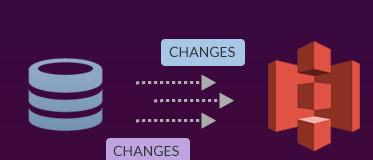A Guide to Changed Data Capture
Changes in a database like inserts and deletes are very common across organizations and everybody would expectedly want to retain a history of all modifications made. Hence, it is necessary to have the required tools to ensure that it is made possible.
This is where Oracle CDC (Changed Data Capture) has a very critical role to play. It can process and capture changes made at the source of data and apply them throughout the organization. CDC aims to ensure data synchronicity by reducing the resources required for ETL (Extract, Transform, Load) processes and is possible because CDC deals with data changes only.
The main benefit of limiting the source data flow to changed data only is in the area of data synchronization and replication and is critical for setting up event-oriented architecture for integration. In such a case, data changes are made by applications during a business process. All such changes are captured by the Oracle Data Integrator and changed to events that are circulated throughout the information systems.
Setting up the basic process of Oracle CDC on an Oracle Data Integrator model is not a complex process and can be done in five stages. They are setting the CDC parameters in the data model, adding the data stores to the CDC, setting the order of the data stores to ensure consistent set journalizing, adding subscribers, and starting the journals.
This is where Oracle CDC (Changed Data Capture) has a very critical role to play. It can process and capture changes made at the source of data and apply them throughout the organization. CDC aims to ensure data synchronicity by reducing the resources required for ETL (Extract, Transform, Load) processes and is possible because CDC deals with data changes only.
The main benefit of limiting the source data flow to changed data only is in the area of data synchronization and replication and is critical for setting up event-oriented architecture for integration. In such a case, data changes are made by applications during a business process. All such changes are captured by the Oracle Data Integrator and changed to events that are circulated throughout the information systems.
Setting up the basic process of Oracle CDC on an Oracle Data Integrator model is not a complex process and can be done in five stages. They are setting the CDC parameters in the data model, adding the data stores to the CDC, setting the order of the data stores to ensure consistent set journalizing, adding subscribers, and starting the journals.




Comments
Post a Comment